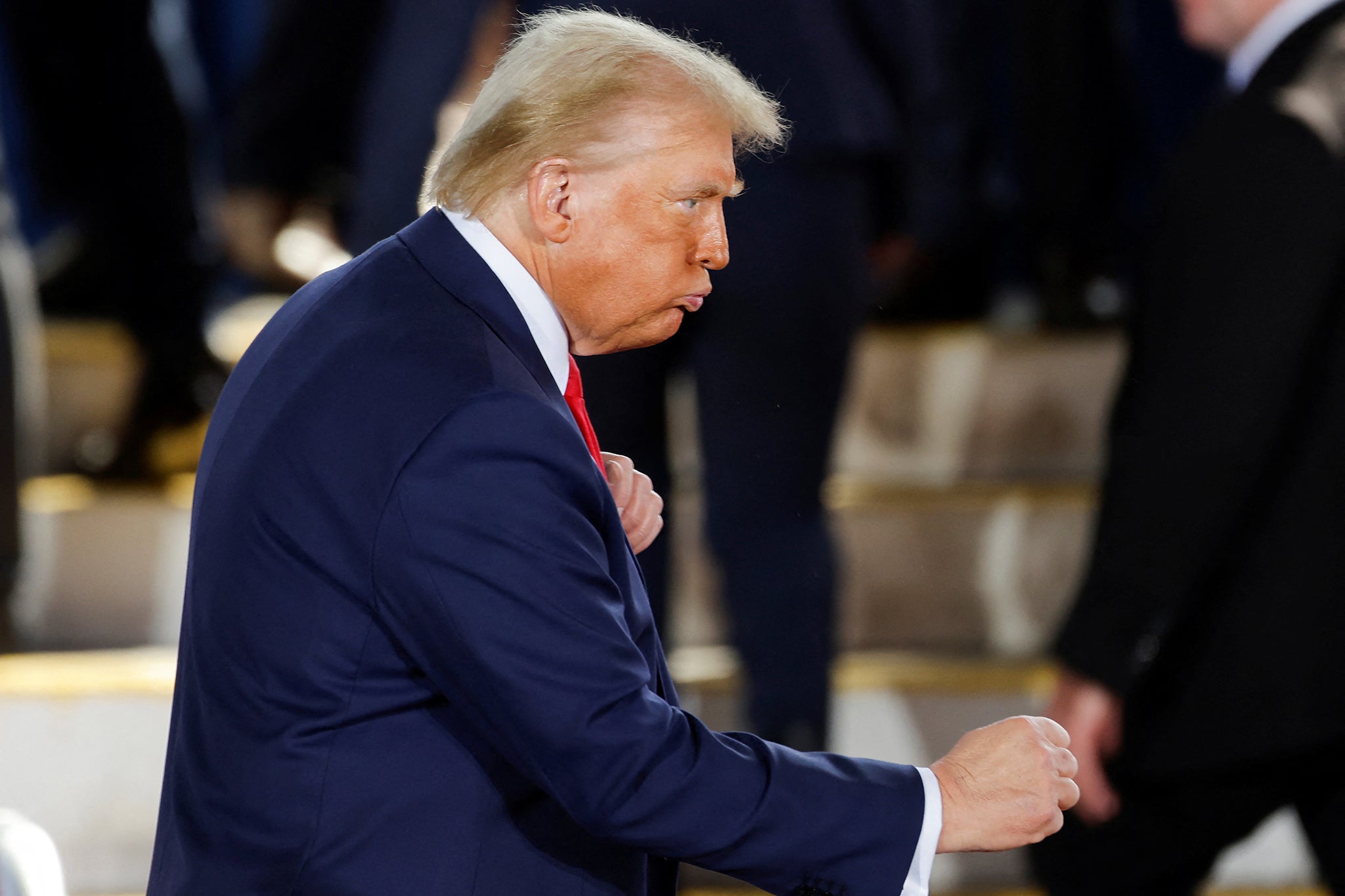A presidential election campaign unlike any other in history came to an anxious end yesterday with Donald Trump and Kamala Harris scrambling for an edge in a contest that each side portrays as an existential moment for America.
With voters divided down the middle, a handful of voters in seven battleground states are expected to determine the outcome. The winner may not be known for days.
“It’s ours to lose,” Trump told a crowd of supporters in Raleigh, North Carolina. “If we get everybody out and vote, there’s not a thing they can do.”
Harris, meanwhile, was wooing voters in Pennsylvania, the most crucial swing state.
More than 78 million voters have already cast ballots in early voting, with turnout likely to set a new record.
Polls put the candidates neck and neck despite an extraordinary campaign that saw Trump, 78, survive two assassination attempts weeks after a New York City jury made him the first former president to be convicted of a felony. Vice President Harris, 60, was catapulted to the top of the Democratic ticket in July – giving her a chance to become the first woman to hold the job – after President Joe Biden, 81, stepped aside under pressure from his own party.

The latest average of national polls, collated by FiveThirtyEight, shows Harris with a 1-point lead over Trump, well inside the margin of error.
“The thing is upon us now, folks,” Harris’s running mate Tim Walz said at a rally in Wisconsin. “I know there is a lot of anxiety, but the decisions that are made over the next 24-36 hours when those polls close, will shape not just the next four years, they will shape the coming generations.”
Only seven of the 50 states are competitive in this election, because the rest are comfortably Democratic or Republican, according to opinion polls; they are Arizona, Georgia, Michigan, Nevada, North Carolina, Pennsylvania and Wisconsin.
Pennsylvania is the biggest prize, offering 19 of the 270 Electoral College votes a candidate needs to win the presidency.
Nonpartisan analysts believe Harris needs to win about 45 electoral votes on top of the blue states where she is widely expected to win, while Trump would need about 51.
If Harris loses Pennsylvania, she would need to carry either North Carolina or Georgia – states that have voted Democrat only three times in the last four decades – to have any chance of prevailing.
However, if Trump loses Pennsylvania, he would need to win either Wisconsin or Michigan, which have only voted for a Republican once since the 1980s.

Forty-eight states award their electoral votes on a winner-take-all basis, but two states, Nebraska and Maine, allocate one electoral vote to the winner in each congressional district. In 2020, Biden won one of Nebraska’s five votes, while Trump took one of Maine’s four votes. The single electoral vote in Nebraska’s 2nd Congressional District, centred on Omaha, is seen as competitive, though independent analysts predict Harris to win it. Both parties have spent millions of dollars on campaign advertising in Omaha.
That lone vote could be crucial: if Harris wins Michigan, Pennsylvania and Wisconsin while Trump takes the other four battlegrounds, Nebraska’s 2nd District would determine whether the election ends in a tie or whether Harris prevails.
Trump and his allies, who falsely claim that his 2020 defeat was the result of fraud, have spent months laying the groundwork to again challenge the result if he loses. He has promised “retribution” if elected, spoken of prosecuting his political rivals and described Democrats as the “enemy within.”
Reuters and Associated Press contributed to this report




